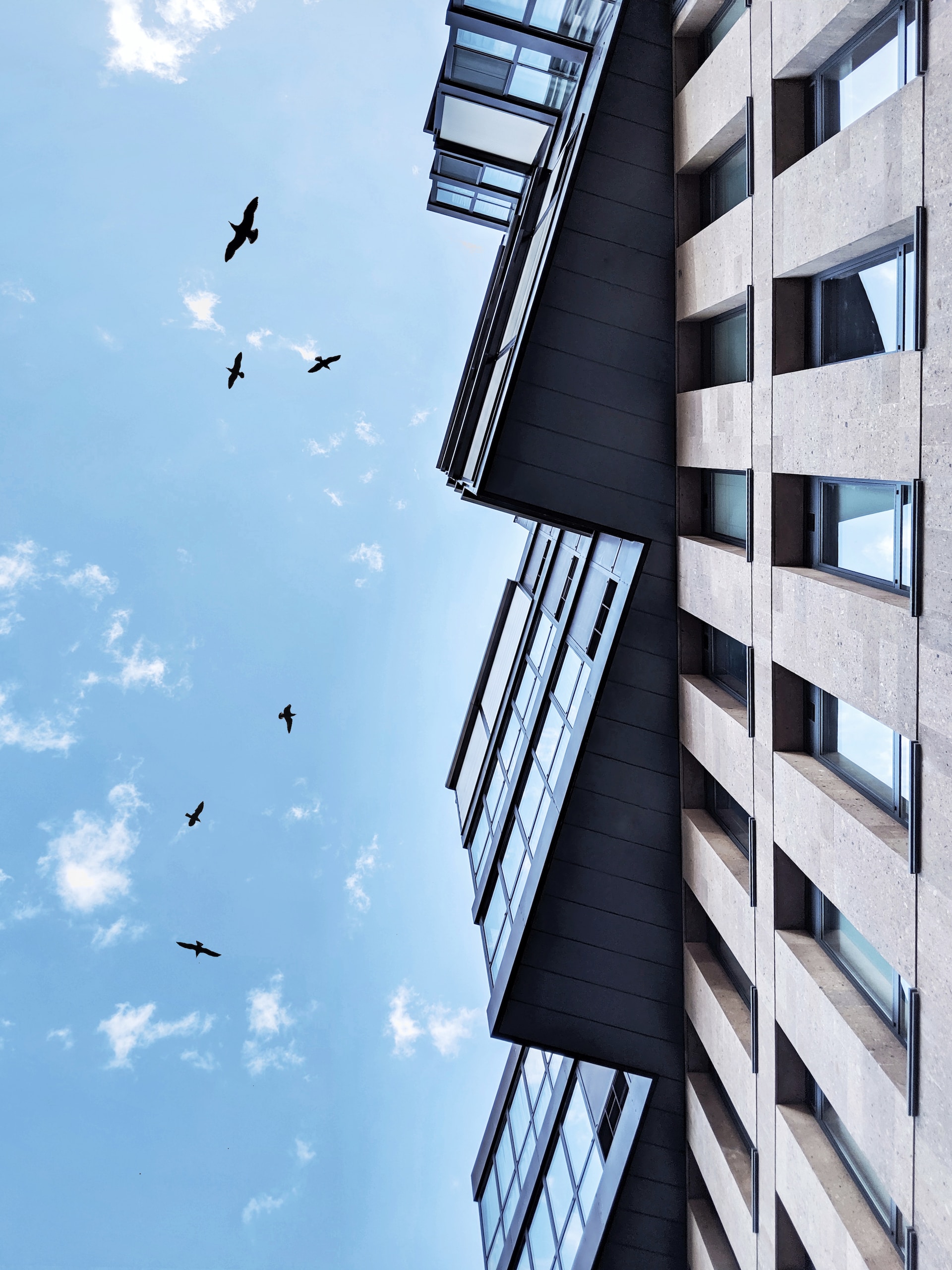How Real Estate Growth Impacts Architecture and Interior Design

This article delves into the dynamic relationship between real estate growth and its influence on architecture and interior design
Image by Alexandr Hovhannisyan
In the ever-evolving landscape of real estate, the impact on the fields of architecture and interior design is profound. As cities grow and urban development expands, it becomes essential to explore how the changing real estate market influences the aesthetics, functionality, and planning of built environments. This article delves into the dynamic relationship between real estate growth and its far-reaching influence on architecture and interior design.
Urban Sprawl and Spatial Planning
The surge in real estate development often leads to urban sprawl, impacting the way architects and interior designers approach spatial planning. As land becomes scarce, innovative solutions for compact and sustainable living spaces take center stage.
Housing Market and Design Trends
The housing market directly affects design trends in architecture and interior spaces. From compact apartments to luxurious estates, the demand for various housing types drives designers to create solutions that meet the changing needs of homebuyers.
Infrastructural Development
Real estate growth necessitates the expansion of infrastructure to accommodate new developments. This impacts design choices, with architects and interior designers collaborating to ensure seamless integration with existing amenities.
Mixed-Use Developments
The rise of mixed-use developments is a result of real estate expansion, where residential, commercial, and recreational spaces coexist. This presents unique design challenges and opportunities to create vibrant, cohesive environments.
Economic Impact and Architectural Flourish
Thriving real estate markets allow for ambitious architectural projects, promoting iconic structures that redefine city skylines and add to a region's cultural heritage.
Sustainability and Green Building
With growing environmental awareness, real estate growth drives the adoption of sustainable practices in architecture and interior design. Concepts like green building and energy-efficient designs gain prominence.
Preservation and Adaptive Reuse
Amid urban development, preserving historical structures and promoting adaptive reuse helps retain a sense of identity and cultural heritage within evolving cityscapes.
Socioeconomic Diversity and Inclusivity
Real estate growth can lead to socioeconomic disparities. Architects and interior designers are challenged to create spaces that promote inclusivity and social cohesion.
Technology Integration
Advancements in real estate technology influence how architects and interior designers approach the integration of smart features and IoT devices in modern living and workspaces.
Future Prospects and Collaborative Endeavors
As real estate growth continues, architects and interior designers must collaborate closely to envision and implement innovative, sustainable, and people-centric spaces for the evolving urban landscape.
Conclusion
The synergy between real estate growth and the domains of architecture and interior design is undeniable. From reshaping cityscapes to influencing design philosophies, the interplay between these fields reflects the ever-changing needs and aspirations of society. As we embark on the journey into the future, it is imperative that architects and interior designers remain agile and responsive to the transformative power of real estate growth.

